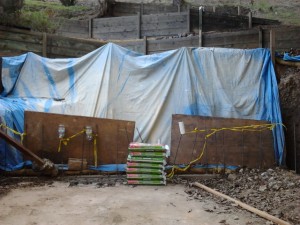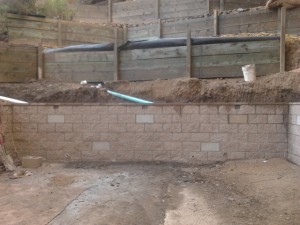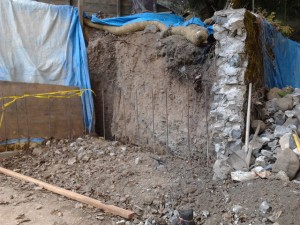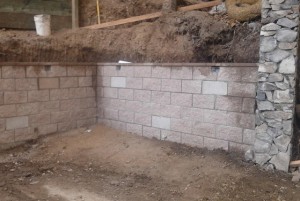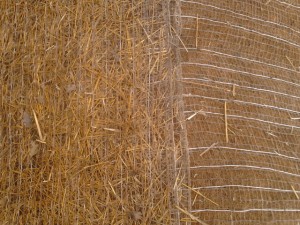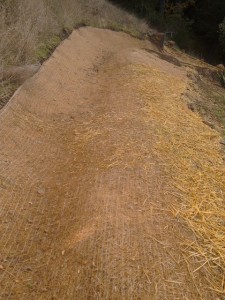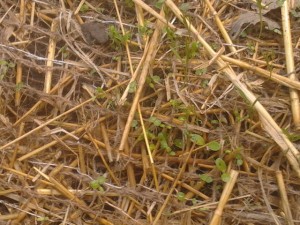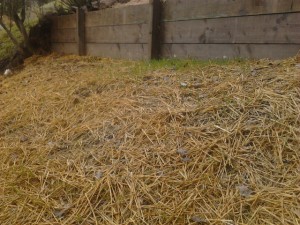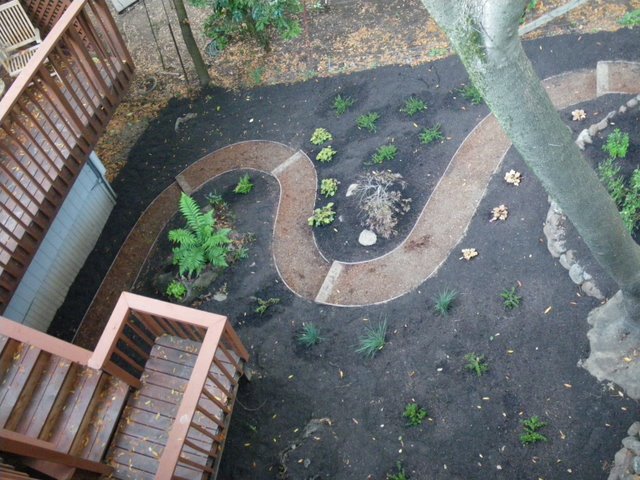Before the rains come crashing down, take a good look around your property. It’s especially important if you are on a hill or have slopes around you. When water picks up speed it can really create havoc. Take a look at this hillside. After a number of rainy days, the whole hillside came down into the driveway. Fortunately, no person and no cars were there when the soil came down.
In an effort to get more light in the property the owners cut down many trees. The result, light came down and so did the hillside. They should have made sure the ground was planted and drainage was put in place. To do it after the soil erodes is much more expensive. In addition to cutting back the hill and putting in retaining walls, we also put drain pipe behind the walls, at the top of the hill and at the bottom. Water has to go somewhere! Take a look.
After the walls are built, it is important to plant for soil coverage. I use seeds for immediate coverage and plants for long term coverage. At the top of the hill we put in a swale to redirect the water away from the main walls. We covered it with erosion control blankets. They are both 100% biodegradable, but they are slightly different. One is thicker and made of coconut fiber and the other has straw put between cotton netting. The thick mat is better for stronger erosion control and the straw allows better germination of seeds.
For quick germination I used rye grass, Dutch white clover, vetch and California wildflower mix, with extra California poppies. We were lucky with early October rains that helped with excellent germination. If you don’t expect rain, you should water the seeds to take advantage of warmer weather in the early Fall. Once the winter rains come it gets too cold for most seeds to germinate.
Tomorrow I’ll talk about other simple erosion control methods.

